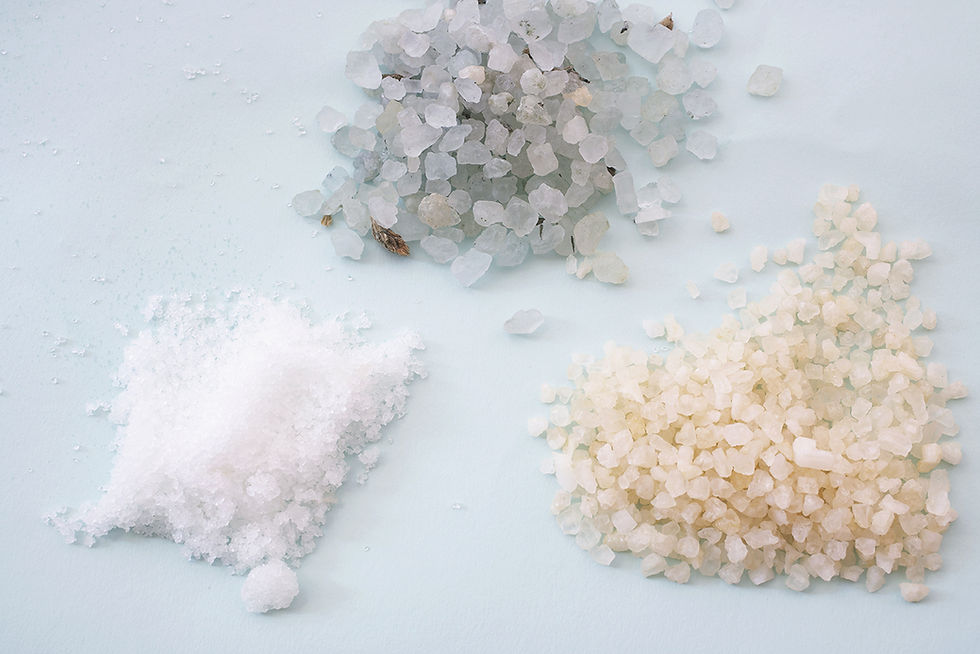
Some believe that the mantle of our Earth contains the same volume of water as our oceans. But, to investigate this is a very difficult task as the conditions inside the mantle are almost impossible to recreate with the current laboratory apparatus available today, considering that temperatures there vary from 1000 to 3700 degrees Celsius and according to sciencedaily.com, "pressures in the lower mantle start at 237,000 times atmospheric pressure(24 gigapascals) and reach 1.3 million times atmospheric pressure(136 gigapascals) at the core-mantle boundary". If you want some singed eyebrows and definitely worse than that, then be my guest!

This explains that we have only scratched the surface in terms of our knowledge of this layer and that it may hold more information about " the Earth's carbon cycle". If we understood how the mantle worked through computer simulations and geochemical analysis, then we could also gain an insight into how carbon, water and salt react under such extreme conditions. In addition, this may help us to predict adaptations of extremophile organisms such as cyanobacteria in the mantle, and how they could survive on other planets with surface conditions similar to that of our mantle.
The team involved in this research involved experts including a team led by "Prof. Giulia Galli and Prof. Juan de Pablo from the Pritzker School of Molecular Engineering (PME) at the University of Chicago and Prof. Francois Gygi from the University of California". They combined computational simulations with codes too and managed to formulate a 3D model of saltwater which was derived from "quantum mechanical calculations". Here, they are talking about chemistry from first principles, where they look at the fundamental interactions of electron orbitals, nuclei, interacting electromagnetic, weak and strong forces of ions and molecules (in this case Na+. Cl- etc and water) and calculate models based of these physical qualitiesto predict their behaviour in certain conditions.)
Here is the quote from the original paper, “We report first principles (FP) and classical molecular dynamics simulations of NaCl in the dilute limit”
The changes they observed were when they compared the properties to what they act like under standard conditions, the molecular simulations they made were of mantle conditions. This reminds me of a Palaeontological technique called Finite Element Analysis (FEA) is used to test skulls and osseous matter under various environmental and physical conditions where they can alter the temperature, the weight, the material of the skull in order to see if they are able to withstand the elements. In fact, FEA is used to test the strength of buildings before they are built.
As I said before, the mantle is a dangerous place with high pressures and temperatures alike. With this in mind, Galli says ""Our simulations represent the first study of the free energy of salts in water under pressure" and that it "lays the foundation to understand the influence of salt present in water at high pressure and temperature". I think this is important with regards to replicating such environments in the lab. Obviously it is not possible physically, but the fact that it is possible on a computer with the right software (maybe even FEA) is phenomenal. This just shows you how far we have progressed as a species and what more could be achieved in the future, maybe using this information to see if extremophiles are able to withstand this? Maybe we can use the simulations here see how well different metals and their properties are altered in the mantle and similar environments?
The simulations were of water and salt together, here, they explain the difficulties of understanding the properties of saltwater in those conditions by referencing to our understanding of how pure water behaves in those situations. Their team have commented on the fact that it is very hard to measure the qualities of water and salt as they function differently at different temperatures. Maybe their team should perform simulations of water and salt together and then further simulations with the concentration of either water or salt as the independent variable; this can lead them to a range of results from which they could gain an average.
The results from their simulations have shown that there have been important changes of "ion-water and ion-ion interactions" in "extreme conditions". This shows that these experiments in turn have affected the surface tension of the salt in the water.

Although this investigation was merely a scratch on the surface of the endless possibilities of what can be analysed in the mantle or indeed in many extreme environments, this study of "free energy of salts in water under pressure", is key to understanding how saline water acts under various environmental changes, which helps us to understand what we might be able to expect on other planets like Mars (on which salt in the form of chloride minerals was found in 2008). This can even be interpreted as the start of increased trials, tests and computer simulations on not only salt, but a "variety of solutions, conditions and other salts," Gygi said.
BIBLIOGRAPHY:
A big thank you to Lawrence Cutler for the peer-review

Comments